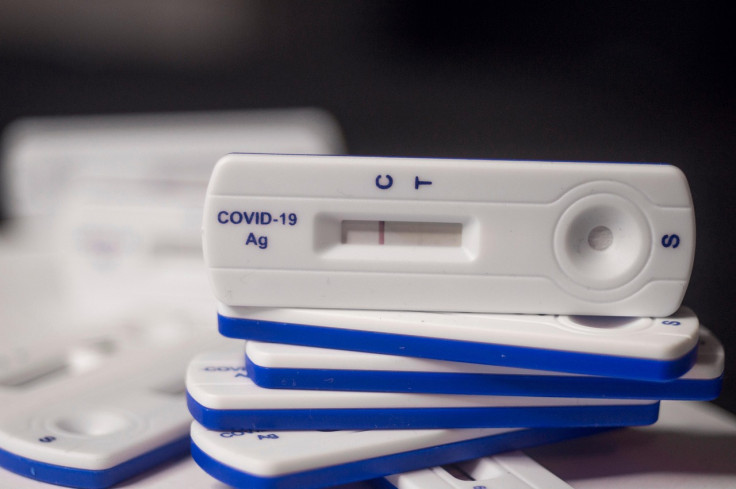Harvard Study Reveals Eight Distinct Long Covid Trajectories as 20M Americans Still Battle Symptoms
A Harvard-led team has mapped eight long COVID trajectories, offering the clearest picture yet of how symptoms evolve for millions of Americans.

Harvard Medical School researchers have identified eight distinct trajectories that long COVID can take, offering the first comprehensive classification of how the debilitating condition affects millions of Americans differently over time, according to a study published Monday in Nature Communications.
The research, conducted through the National Institutes of Health's Researching COVID to Enhance Recovery initiative, tracked nearly 3,700 adults who contracted COVID-19 during the Omicron era after December 2021. The findings come as the Centers for Disease Control and Prevention estimates nearly 20 million Americans continue struggling with long COVID symptoms.
The Eight Trajectories
The study identified eight distinct patterns based on symptom severity, duration and whether conditions improve or worsen over 15 months. Researchers found that 5 per cent of patients experienced persistently high symptom burden throughout the observation period, whilst 12 per cent had non-resolving, intermittently severe symptoms that fluctuated dramatically.
Perhaps most concerning, 14 per cent of patients did not meet criteria for long COVID at three months post-infection but developed increasing symptoms by 15 months. This delayed onset trajectory suggests distinct pathophysiologic features that may require different treatment approaches.
Other trajectories included gradually improving symptoms, gradually worsening symptoms, and mild symptoms that only appeared after 15 months of initial infection.
'This study addresses an urgent need to define the differing long COVID trajectories', said senior author Dr Bruce Levy, chair of medicine at Brigham and Women's Hospital and professor at Harvard Medical School. 'Our findings will help determine what resources are needed for clinical and public health support of individuals with long COVID and will also inform efforts to understand long COVID's biological basis'.
Why Trajectories Matter
Lead researcher Dr Tanayott Thaweethai, assistant professor at Harvard Medical School and associate director of Massachusetts General Hospital Biostatistics, explained that identifying these distinct patterns enables more targeted research.
'The variability we identified will enable future studies to evaluate risk factors and biomarkers that could explain why patients vary in time of recovery, and help identify potential therapeutic targets', Thaweethai said in a Mass General Brigham statement.
The Symptom Landscape
According to the CDC, more than 200 long COVID symptoms have been identified. Fatigue, brain fog and post-exertional malaise rank amongst the most commonly reported, but the condition's presentation varies wildly. Other symptoms include coughing, chest pain, heart palpitations, headaches, sleep problems, light-headedness, changes in smell and taste, diarrhoea, constipation, joint or muscle pain and rashes.
Long COVID is defined as the continuation or development of new symptoms at least three months after initial SARS-CoV-2 infection without any other explanation. The condition affects an estimated 6 to 11 per cent of adults who have had COVID, according to the CDC.
The study population was 69 per cent female, and 99.6 per cent contracted COVID during the Omicron variant era, reflecting the current epidemiological landscape. This timing is significant as Omicron and subsequent variants have shown different clinical characteristics compared to earlier strains.
© Copyright IBTimes 2025. All rights reserved.





















